The European Economy, 1500-1650
I. Framework
- climate: warm to 1600; Little Ice Age, 1600-1850
- population: 1500: 80 million; 1600: 115 million, then stagnation
The European Economy, 1500-1650
I. Framework
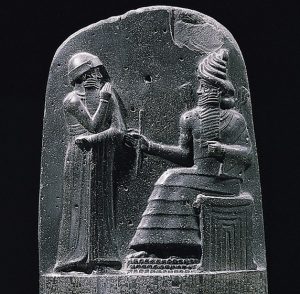 Atop the famous stele containing Hammurabi’s Code is a depiction of Hammurabi and Shamash, the Sun god, who was also the Babylonian god of justice. The swirling headdress of Shamash in this image might seem merely decorative, but in fact it possesses a dynamic meaning.
Atop the famous stele containing Hammurabi’s Code is a depiction of Hammurabi and Shamash, the Sun god, who was also the Babylonian god of justice. The swirling headdress of Shamash in this image might seem merely decorative, but in fact it possesses a dynamic meaning.
At the back of Shamash’s neck is an oval object that has no obvious purpose. It appears to be attached to the coiled shape of the headdress, as if it were the head of a serpent. But why would Shamash be wearing a serpent on his head?
To answer this question, one must become aware of the compelling new evidence for and reinterpretation of
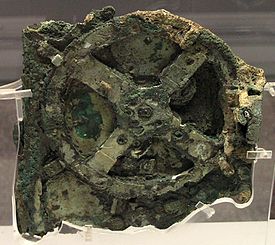
Decades of meticulous investigation have revealed many features of the 1st Century BC Antikythera Mechanism, a portable planetarium that demonstrated the motion of celestial objects. But we must question researchers’ conclusion that the Mechanism incorrectly represented the orbit of Mars, in particular, by roughly 30 degrees during retrograde motion1.
This discrepancy seems anomalous in a sophisticated device that otherwise exhibited a much smaller range of error. So maybe there is some other explanation.
 Knowing how to read documents in a sensitive and analytical manner is a skill that has wide application in career and personal situations. Techniques for evaluating documents can also be used to interpret objects of material culture and art. Here are 20 questions that can help us analyze documents. While they can be applied systematically, asking them randomly in brainstorming fashion may lead to even more rewarding outcomes.
Knowing how to read documents in a sensitive and analytical manner is a skill that has wide application in career and personal situations. Techniques for evaluating documents can also be used to interpret objects of material culture and art. Here are 20 questions that can help us analyze documents. While they can be applied systematically, asking them randomly in brainstorming fashion may lead to even more rewarding outcomes.
 Here are three overlooked methods of treating respiratory and disseminated infections that resemble the one caused by the COVID-19 virus.
Here are three overlooked methods of treating respiratory and disseminated infections that resemble the one caused by the COVID-19 virus.
 [For a fuller discussion of Biophotonic Therapy and the underlying science, including citations to the medical literature, see Healing Photons: The Science and Art of Blood Irradiation Therapy. For a brief discussion, see 10 Key Points about Biophotonic Therapy. See also the video Rethinking Biophotonic Therapy.]
[For a fuller discussion of Biophotonic Therapy and the underlying science, including citations to the medical literature, see Healing Photons: The Science and Art of Blood Irradiation Therapy. For a brief discussion, see 10 Key Points about Biophotonic Therapy. See also the video Rethinking Biophotonic Therapy.]

Studies by Japanese researchers show that gargling is protective against respiratory infections. Here is a letter that lays out the case for gargling against COVID-19.
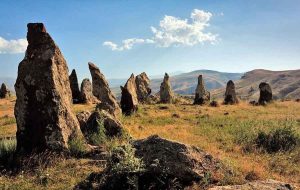 Karahunj (Zorats Karer) is an ancient site in southern Armenia that contains more than 230 large stones, some 37 still standing, arranged in a fashion that has suggested to many observers that it was used for archaeoastronomy. But defining how it was used has remained elusive. Complicating the situation, Karahunj is located near a complex of ancient graves; we do not know who built it; it is difficult to ascertain exactly when the stones were set up; and some 85 of them have holes drilled through them that researchers have suggested might be used for sighting celestial objects, but other researchers think this unlikely because they would have been too imprecise.1
Karahunj (Zorats Karer) is an ancient site in southern Armenia that contains more than 230 large stones, some 37 still standing, arranged in a fashion that has suggested to many observers that it was used for archaeoastronomy. But defining how it was used has remained elusive. Complicating the situation, Karahunj is located near a complex of ancient graves; we do not know who built it; it is difficult to ascertain exactly when the stones were set up; and some 85 of them have holes drilled through them that researchers have suggested might be used for sighting celestial objects, but other researchers think this unlikely because they would have been too imprecise.1
Nonetheless, there is a rather simple explanation of the stones of Karahunj. But to grasp it, one must become aware of the compelling new evidence for and reinterpretation of
Anomalous Mistake-driven Opportunity Creation (AMOC) occurs when a government official charged with a certain problem commits an extraordinary error—one so inconceivable that no one can imagine that he/she has perpetrated it. And therefore the official gets away with it.
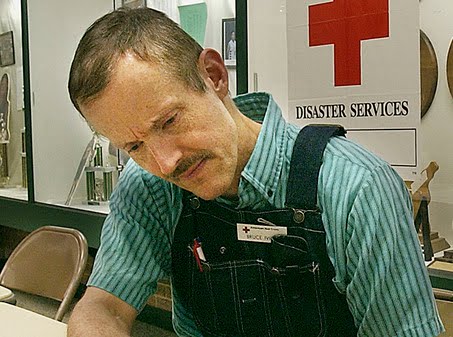
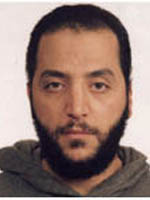 The FBI investigation of the 2001 anthrax mailings may well have been the most extensive criminal investigation in world history. According to FBI, which closed its investigation on February 19, 2010, the Mailer was U.S. Government scientist Bruce Ivins, who committed suicide in July, 2008. But the evidence FBI has adduced is so weak that skepticism is widespread among scientists, other observers of the case, and the public at large.
The FBI investigation of the 2001 anthrax mailings may well have been the most extensive criminal investigation in world history. According to FBI, which closed its investigation on February 19, 2010, the Mailer was U.S. Government scientist Bruce Ivins, who committed suicide in July, 2008. But the evidence FBI has adduced is so weak that skepticism is widespread among scientists, other observers of the case, and the public at large.
Many observers find it impossible to believe that the Bureau could persuasively rule out the other hundreds of scientists who had access to the virulent strain of anthrax from the flask Ivins kept. Few doubt that the anthrax in at least some of the letters came originally from this flask, but critics charge that FBI has no valid reason to claim that Ivins was the one who prepared the anthrax and put it into the envelopes. FBI has also not addressed the possibility that someone stole the anthrax, even though researcher Ross Getman has identified several university labs and a bioscience company where al Qaeda sympathizers could have had access to anthrax originating in Ivins’s flask.
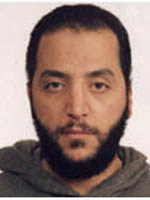 Amid the twists, turns, and baffling uncertainties of the 2001 anthrax mailings case, many observers have managed to hold fast to one conviction: that the anthrax letters can’t possibly have been the work of al Qaeda. But are they right? One way to find out would be to identify the actual Mailer. That may prove easier than often thought—if one looks in the right place. Another approach would involve analyzing each of the objections to determine its merits. Let’s try that.
Amid the twists, turns, and baffling uncertainties of the 2001 anthrax mailings case, many observers have managed to hold fast to one conviction: that the anthrax letters can’t possibly have been the work of al Qaeda. But are they right? One way to find out would be to identify the actual Mailer. That may prove easier than often thought—if one looks in the right place. Another approach would involve analyzing each of the objections to determine its merits. Let’s try that.
Objections, Objections

On November 29, 2010 the University of California Washington Center hosted a seminar, sponsored by UCLA, on the 2001 anthrax mailings investigation.
At the first session, attended by 45, four panelists discussed the investigation itself, with the consensus emerging that FBI had made a series of errors and that its allegations against U.S. Army scientist Bruce Ivins lacked substance. (The case has never been tried in court because Ivins committed suicide.) The second session, for which 25 remained, analyzed the lessons learned and the broader implications of the case, which was the largest criminal investigation in American history.